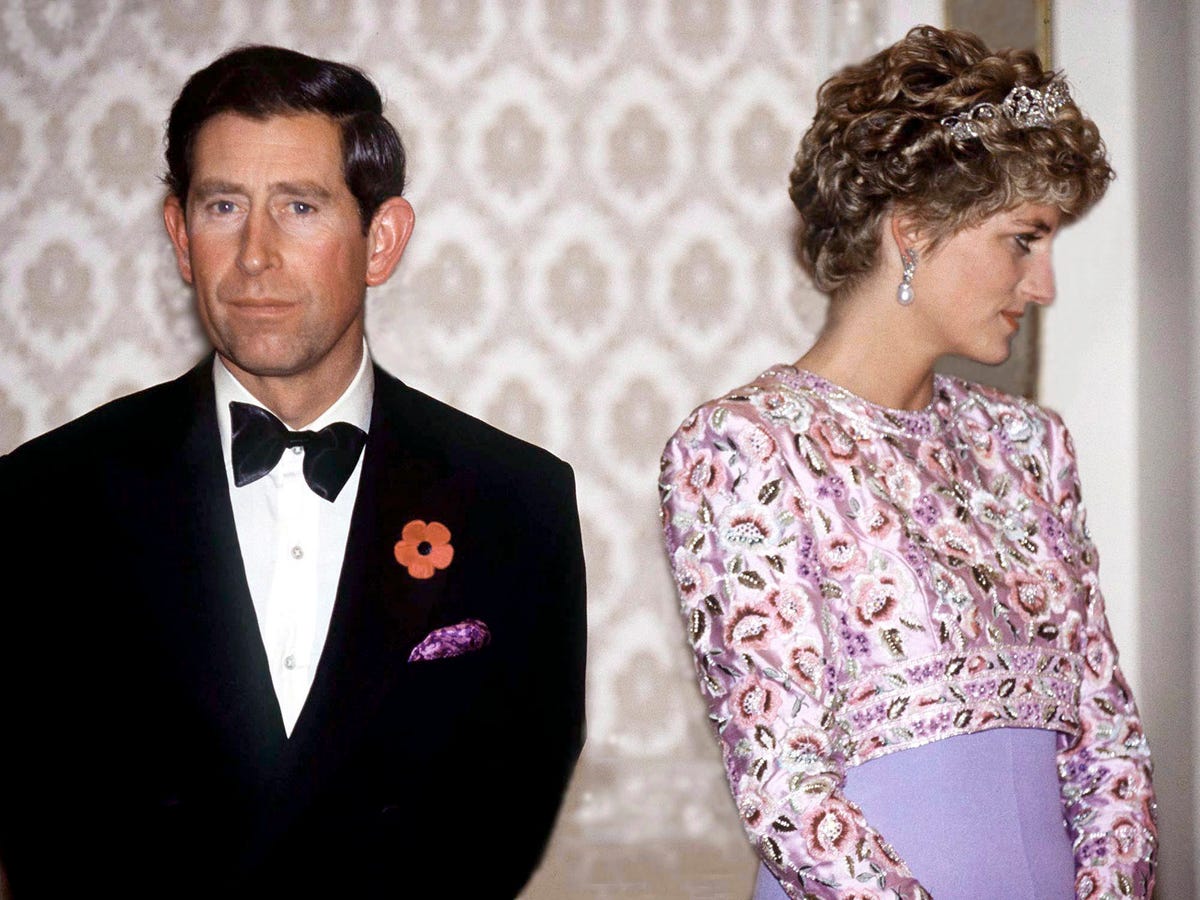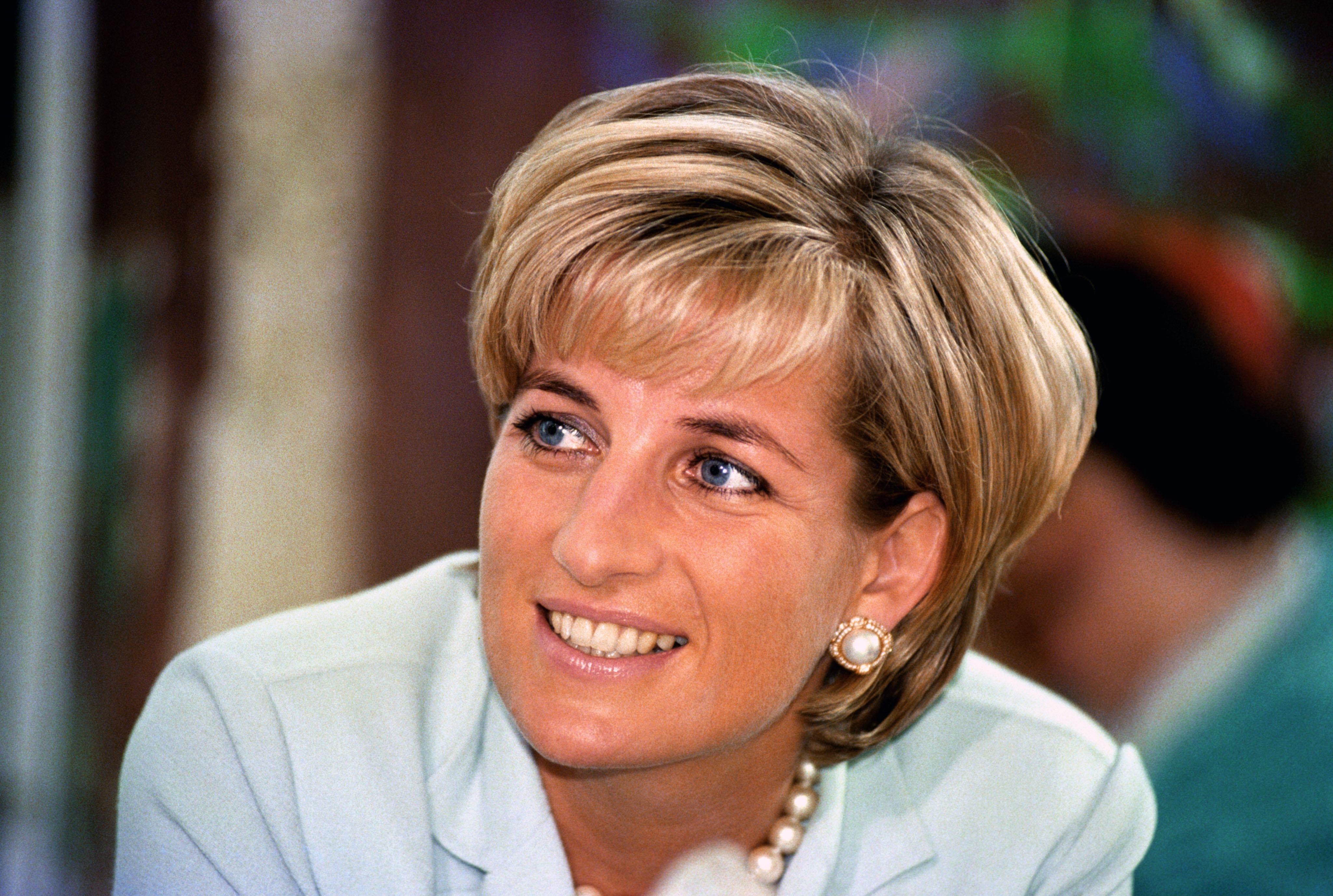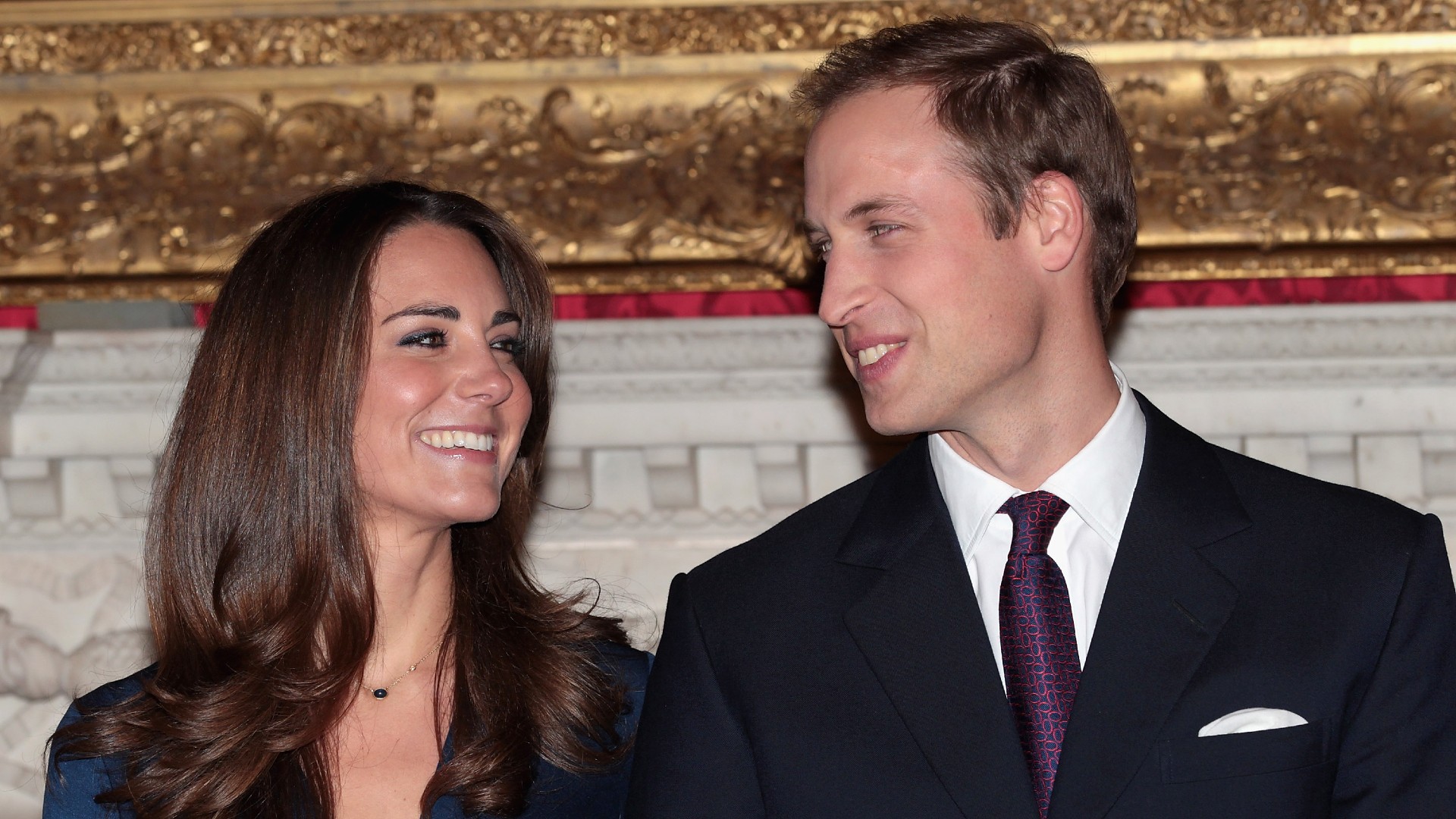The Divorce Trap: How Princess Diana Outplayed the Crown—and Left Camilla in Her Shadow Forever

When Princess Diana agreed to divorce Prince Charles in 1996, the public believed she was reluctantly stepping away from royal life—defeated, heartbroken, and powerless. But behind palace walls, something extraordinary was happening.
In one of the most quietly strategic moves of her lifetime, Diana wasn’t surrendering. She was executing a bold, private plan that would change the course of royal history—and leave a lasting scar on the institution she was forced to leave behind.
The Secret Deal with the Queen
At the height of the media frenzy and personal turmoil, Diana did something no one expected: she negotiated directly with Queen Elizabeth II. While Buckingham Palace prepared to formalize the divorce, Diana struck a private deal that was as symbolic as it was financial.
She agreed to relinquish her status as Her Royal Highness—but in return, she retained the title that truly mattered to the public and the press: Princess of Wales.
It was a branding masterstroke. The title was more than just protocol—it was identity, power, and immortality. And Diana understood that.

The Financial Blow to Charles
Alongside the symbolic win came a financial one. Diana secured a staggering £17 million lump sum as part of the settlement. On top of that, she was granted a £400,000 annual allowance for her personal expenses. But here’s the kicker: all of it came directly from Prince Charles’s private fortune.
The payments were so substantial that Charles was reportedly forced to borrow money from Queen Elizabeth herself to cover the costs. For a future king, it was not only humiliating—it was destabilizing.
The Title That Haunts Camilla
But the most enduring consequence wasn’t about money. It was about legacy.
By keeping the title “Princess of Wales,” Diana ensured that no one else—not even Camilla Parker Bowles—could ever publicly inherit it without provoking scandal. The title, in essence, was locked.
And after Diana’s tragic death in 1997, her hold on it became eternal.
Even as Camilla eventually married Charles and was elevated to Queen Consort, she never officially took the title “Princess of Wales.” Royal insiders admitted it was out of “respect for Diana.” But those who understood the strategy knew better—it wasn’t just respect. It was Diana’s final checkmate.

The Ghost in the Crown
To this day, the title “Princess of Wales” remains a potent symbol. When Prince William married Kate Middleton, she technically inherited the title—but it was rarely used until Queen Elizabeth’s passing, when William became Prince of Wales by right of succession.
Camilla, despite decades by Charles’s side and years of carefully managed public rehabilitation, was still unable to claim the name. The shadow of Diana, the people’s princess, loomed too large.
In death, Diana claimed a symbolic crown of her own—one that not even monarchy could strip away.
A Ruthless and Brilliant Legacy
While the world saw Diana as a tragic figure, few realized the tactical mind behind her gentle image. She may have lost her marriage, her title as HRH, and her place at the royal table—but she walked away with the one thing that mattered most: control over her story.
And even now, decades later, that story is still shaping the throne.




